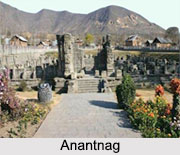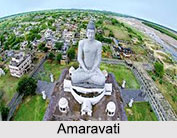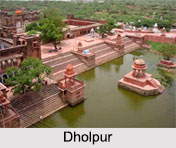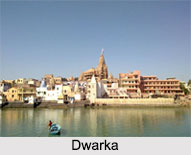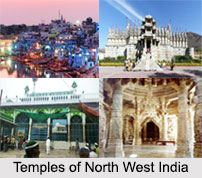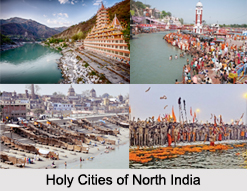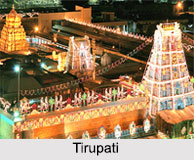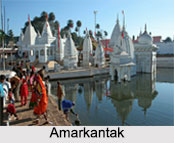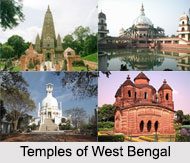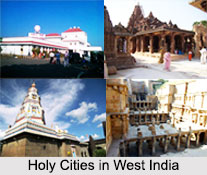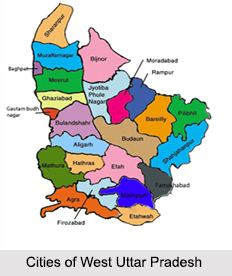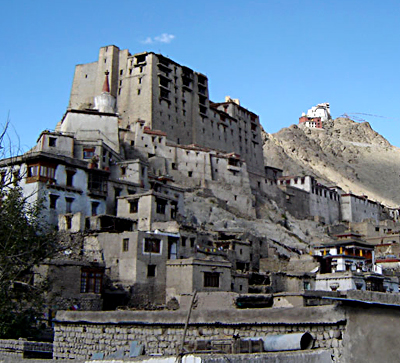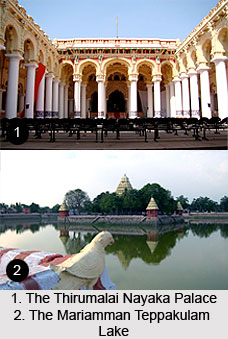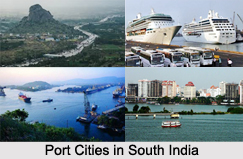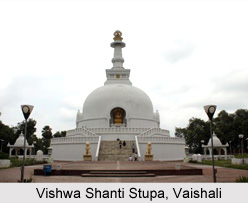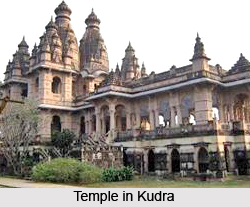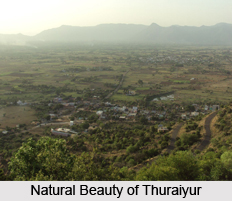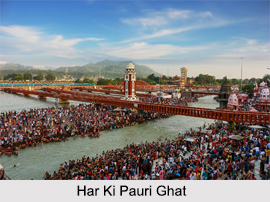Introduction
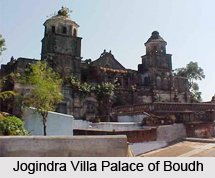 Boudh is also known as Baudhgarh is a town and a notified area committee in Boudh district in the state of Odisha. It is the district headquarters of Boudh district.
Boudh is also known as Baudhgarh is a town and a notified area committee in Boudh district in the state of Odisha. It is the district headquarters of Boudh district.
History of Boudh
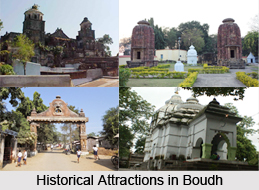 Boudh city was made the headquarters of the new district of Boudh by the then Chief Minister Biju Pattanaik, during whose tenure the old Phulbani district was split in January 1994.
Boudh city was made the headquarters of the new district of Boudh by the then Chief Minister Biju Pattanaik, during whose tenure the old Phulbani district was split in January 1994.
Early History of Boudh
The early history of Boudh is still in obscurity. However, the discovery of remarkable Buddhist statues from Boudh led some scholars to believe that Boudh was an important Buddhist centre of Odisha. From the epigraphic records it is known that in the middle of Eighth Century A.D. Boudh was under the occupation of the Bhanja rulers and was a part of Khinjali Mandala. The earliest known ruler of this Bhanja family was Nettabhanja who was ruling over the Dhenkanal region as independent ruler, but his successor migrated towards Boudh-Sonepur region and established Khinjali Mandala and ruled there as the feudatory of the Bhauma Karas of Tosali. The Sonepur District Copper Plate of Satrubhanja Dev, son of Silabhanja mentions the name Khinjali Mandala for the first time and on this basis it is believed that Silabhanja Dev was the founder of Bhanja Kula of Khinjali Mandala. Their capital was Dhirtipura, which has been identified with Boudh town. Satrubhanja Dev - II, a ruler of this family was defeated and killed by the Somavansi ruler of South Kosala, Janmeyjaya - I. The Bhanja"s were driven out from the Boudh region which was renamed as Odra Desa. King Yayati -I, the son and successor of Janmejaya-I established his capital in Odradesa at Yayatinagara, which has been identified with modern Jagati in Boudh District. The Somavansi then occupied and migrated towards Utkala leaving their original home land South-Kosala in charge of viceroys. In course of time Kosala was lost to them and was occupied by the Telugu-Chodas and the Kalachuris.
Medieval History of Boudh
Medieval History of Boudh defines the rule of Eastern Ganges Dynasty. Gangas of Kalinga, after their occupation of Utkala, entered into a protracted struggle with the Kalachuris for one hundred years for the occupation of Kosala region. It is evident from the Chatesvar Inscription (1220 AD) that the struggle finally ended in favour of the Gangas during the region of Anangabhima Deva – III and thereafter Boudh along with Sonepur came under the Ganga rule and was administered by the administrators of Ganga. In course of time, the Ganga Administrators became semi-independent and ruled over this territory hereditarily. So far tradition goes; there emerged a Brahmin ruling family in Boud. Gandhamardan Dev, the last Brahmin ruler of this family, being childless adopted one Ananga Bhanja of Keonjhar Bhanja royal family. He succeeded Gandharmardhan Dev and laid the foundation of the rule of the Bhanjas in Boudh in the first half of fourteenth century AD. He changed his surname from Bhanja to Dev and was known as Ananga Dev.
Modern History of Boudh
The line of kings of Ganges Dynasty continued to rule over this region till the merger of Boudh State with the Odisha province in 1948. Their kingdom comprised modern Athmallik, Boudh and Sonepur regions with its capital headquarters at Swarnapura (Sonepur). But later on due to the expansionist policy followed by the Chouhan rulers of Patna (Patnagarh in Bolangir District) they shifted their capital to Boudh.
Princely State of Boudh
 Boudh State was one of the princely states of India during the period of the British East India Company and later after 1857, British Government in India. It was recognized as a state in 1874. It had its capital in Boudh town. Its last ruler signed the accession to the Indian Union on 1st January 1948.
Boudh State was one of the princely states of India during the period of the British East India Company and later after 1857, British Government in India. It was recognized as a state in 1874. It had its capital in Boudh town. Its last ruler signed the accession to the Indian Union on 1st January 1948.
Formation of Princely State of Boudh State
Boudh State was one among the 26 Feudatory states of Odisha. According to legend the state originated in a pre-existing state that had been founded centuries before by a Brahmin who adopted as successor a nephew of the Raja of Keonjhar, belonging to the Bhanj Rajput Dynasty who ruled Mayurbhanj State (Mayurbhanj Elephant Reserve). The formerly princely state`s territory is now within Boudh District.
Kingdom of Boudh State
The kingdom of Boudh State comprised modern Athmallik, Boudh, and Sonepur regions with its capital headquarters at Swarnapura (Sonepur). But later on due to the expansionist policy followed by the Chouhan rulers of Patna (Patnagarh in Bolangir District) they shifted their capital to Boudh.
Medieval History of Princely State of Boudh
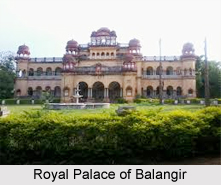 Medieval History of Princely State of Boudh defines the episodes of Muslim rule and the relationship between the Hindu Rajas of Odisha and the Mughal subedars.
Medieval History of Princely State of Boudh defines the episodes of Muslim rule and the relationship between the Hindu Rajas of Odisha and the Mughal subedars.
Relationship between Mughals and Princely State of Boudh
Odisha was occupied by the Muslims and the relationship between the rulers of Boudh and the Muslim subedars in Cuttack played a major role in the administration in Princely State of Boudh. It is believed that Boudh maintained a friendly relation with the Muslims and probably for this, Raja Pratap Dev of Boudh, had secured him from the Muslim powers, the title "Swasti Sri Dhirlakhya Dhumbadhipati Jahrkhand Mandaleswar" which was used by the rulers of Boudh till the time of Raja Banamali Deb.
Princely State of Boudh and Maratha Kingdom
The Maratha contact with the Princely State of Boudh was felt more after the decline of Mughals. During the Maratha rule in Odisha the Muslim culture was completely diminished. As the vital line of Communication between Nagpur and Cuttack passes through the Princely State of Boudh, it drew special attention from the Maratha governors at Cuttack. The Raja of Boudh was paying tribute to the Maratha and maintained a cordial relation with them. But in 1800 AD this relationship became stained. The Maratha attacked Princely State of Boudh and defeated Raja Biswambara Dev. However, he was allowed to rule as a feudatory Raja of Nagpur by paying regular tribute to Maratha Empire.
Princely State of Boudh and Raja Biswambara Dev
During the early years of the reign of Raja Biswamabara Dev (1778-1817) the Panchara Pragana lying between Baghanadi and Meheruni jore was separated from the Princely State of Boudh. It is said that in 1780-81 the Raja of Boudh had obtained a loan from the Raja of Sonepur and for the liquidation of the debt he had ceded the above pragana to Sonepur. It is also said that the above said pragana was given to the Raja of Sonepur for rendering military help to Boudh, which in British era formed Boudh District of Odisha, in time of trouble and in lieu there of to enjoy revenue rights of the pragana. But when the Sonepur occupied it permanently a dispute arose for the possession of this tract, which was settled by the Superintendent of Tributary Mahals in favour of Sonepur.
Princely State of Boudh and Princely State of Sonepur
During the region of Sidhabhanja Dev, Sonepur region was conquered by Princely State of Boudh by the Chouhan ruler of Sambalpur. But the process of the vivisection of territories of the Boudh state had started earlier. In AD 1498-99, the then Raja of Boudh state had made a gift of Dasapalla territory extending from Kamaimuhan near Kantilo to Udandi muhan in the east to his younger brother Narayan Dev, who asserted his independence and made Dasapalla a separate state. Again the strip of territory lying between the Kharang river on the west of Boudh and Amaimuhan was given by Raja Madan Mohan Dev in 1599-1600 AD as dowry to his daughters who married in the Chouhan royal family of Patna . However, Athmallik and Khondhmal remained as a part of Princely State of Boudh for sometime.
Demography of Boudh
Baudhgarh or Baudh had a population of 20,424. Males constitute 52% of the population and females 48%. Baudhgarh has an average literacy rate of 72%, higher than the national average of 59.5%; with 58% of the males and 42% of females literate. 12% of the population is under 6 years of age. The population of the district is 373,000. Most of the population engage in agriculture, and are thus vulnerable to periods of drought and hunger; the region is among the poorest in Odisha.
Administration of Boudh
The town of Boudh is the district headquarters of this Boudh District.
Economy of Boudh
Agriculture is the main occupation of most of the people of Boudh
Tourism in Boudh
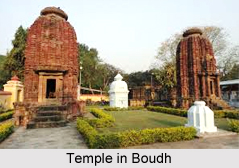 Tourism in Boudh covers the tourist"s destinations mingled up with the temples, historical and archaeological sites that were prominent in the era of Gautama Buddha. Some of the places of Boudh are Patai Srikhetra Naikpada Cave, Pargalpur, Ratanpur and the banks of Mahanadi River in Odisha.
Tourism in Boudh covers the tourist"s destinations mingled up with the temples, historical and archaeological sites that were prominent in the era of Gautama Buddha. Some of the places of Boudh are Patai Srikhetra Naikpada Cave, Pargalpur, Ratanpur and the banks of Mahanadi River in Odisha.
Patai Srikhetra Naikpada Cave
Patai Srikhetra Naikpada Cave is located 12 km from Boudh town, on the Boudh-Bhubaneswar road. Patai Srikhetra Naikpada Cave was said to have been associated with mythological history of Odisha. Once upon a time this cave was ashram of Hindu hermits and later in 5th Century BC, these caves were occupied by Buddhist monks and made it a monastery.
Forest Zone near Patai Srikhetra Naikpada Cave
The forest near Patai Srikhetra Naikpada Cave here is rich in different types of flora and fauna. According to a narration in Madala Panji, the historical records of Jagannath temple of Puri, in Puri District of Odisha, and some historical evidences of the history of Odisha, during the reign of Emperor Sovan Dev, the Jabana king Rakta bahu had attacked Shrikhetra Puri. With an apprehension of damage to deity Sri Jagannath the powerful Bhanja ruler of Oddradesha (present Boudh area) who believed in Vaishnavism and worshipped Lord Nilamadhaba at Gandharadi, took away the deities to Dhritipura under their domain. As they believed Lord Jagannath (Purushottam) as Lord Vishnu and the god of hell was undergrounded (Patali), the deities near Gopali village, which is located twelve miles from their capital took the shelter. The then Gopali village is known as Gopalpur, situated adjoining to south part of this Naikpada cave.
Village Life near Boudh
The villages of Ratanpur, Baghapali Biribandh (present Birigadh) which are described in Madala Panji are situated near by this Naikpada cave Yajati Nagar the capital city of the Oddradesha ruled by Bhanja dynasty is identified with an area washed by river Mahanadi near modern village Jagati of Boudh District by historians Dr. Satya Narayan Rajguru and Dr. Nabin Kumar Sahu. Lord Nilamadhaba was being worshipped near village Jagati since along and also going till today in a stone carved temple constructed during 8th century A.D. now under the protection of Archaeological Survey of India.
Nilamadhaba Temple
Another important Nilamadhaba temple of Kantilo, in Nayagarh District was also constructed by the ex-ruler of Boudh State originally known as Oddradesha. According to the Madala Panji and facts at present one can say Lord Sri Jagannath had been buried 144years inside this Naikpada cave.
Buddha Statue at Shyamsundarpur
There is a beautiful Buddha Statue in Pargalpur village of Boudh, which is worth visiting.
Visiting Information
Boudh is accessible from both railways and road heads. It is easily accessible from National Highway 224 (NH 224) at Purunakatak which is famous for Maa Bhairabi Temple. It is only 12 km from Purunakatak by well motorable road via Tileswar.
